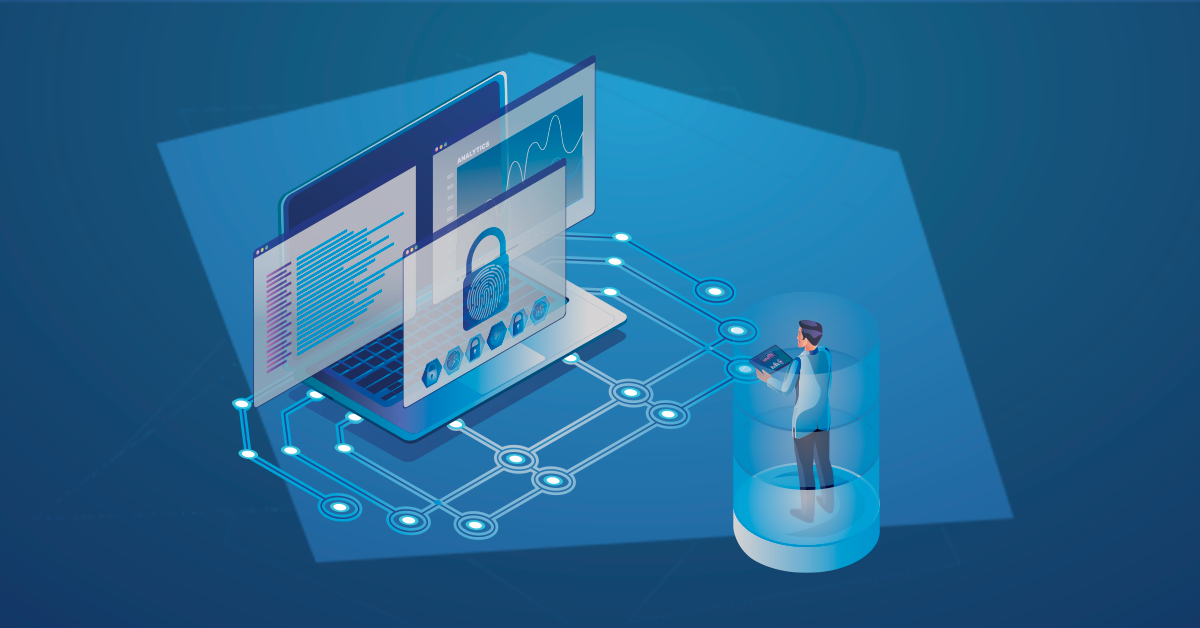

Developers play a crucial role in enhancing security and ensuring high performance throughout the development pipeline. The term DevSecOps — short for development security operations — indicates a commitment to security testing and mediation of vulnerabilities before a release. Baking security into the code is more effective and efficient than testing a release candidate after the fact, only to be forced into corrective action.
An essential component of DevSecOps is security training for all staff. Training ensures that everyone is aware of the guidelines and how to implement them. Another includes compliance monitoring of all parts of DevSecOps. Developers should achieve early detection of vulnerabilities by analyzing the code, developing and reviewing the code in small batches, and applying static application security testing (SAST).
The final component is automation. Automatic security protocols help to maintain timely code delivery in a continuous integration/continuous deployment (CI/CD) environment.
If developers follow the 5 key steps listed below, they can enhance security and improve the development pipeline.

Start each release with security in mind. Instead of adding security at the end, take steps to enhance security throughout the development cycle. However, development has the potential to become siloed, such that different teams may have different procedures, tools, and outcomes. Ensuring the security of code becomes even more challenging if an organization outsources part of the process to an external development provider.
To avoid these pitfalls, security and development teams must remain actively engaged in building critical relationships and maintaining a collaborative, security-minded culture. A direct connection between development and security staff limits the segmentation of these two areas and results in peers working toward the same goal.
All security and development team members should use the same analysis and code scanning tools. The development community and those who write business and software requirements should also develop a deep partnership.
Moreover, new hires should be passionate about security. Finding team members who have a passion for security and growing their technical skills in-house will bring dividends to any DevOps team by building a security culture.
The use of unique tools and processes in different groups is neither agile nor unified. It may even result in the loss of information or division of criteria, despite the teams attempting to meet the same objectives. If everyone has the same information about vulnerabilities and defects, they will have the context to help them understand, remediate, and resolve issues.
The Open Web Application Security Project, or OWASP, offers tools and tutorials to help developers and security staff learn and collaborate on best practices for developing secure applications.
Communication between the developer and security teams must be peer-based, with everyone on equal footing. But teams that place passionate, security-minded people in charge of regular training see results. Security champions can help ensure effective training by including demonstrations of cyber attacks so security teams can receive hands-on experience with real-world scenarios.
Developers should aspire to greatness as a badge of honor. With equitable communication and strong advocacy, the team can better understand the security acceptance criteria and an objective view of the risks present in each change of requirements. Regular training on fresh skills and concepts — plus a safe environment to gain experience fighting real-world security threats — engages everyone and builds enthusiasm for effective security practices.
Security champions understand the code they are securing. Therefore, they can build credibility with development teams using their ability to help with the code directly. This is where hiring passionate security people and providing training on cloud application security technology can directly benefit a DevOps organization.
To keep everyone on the same page, the status of release candidates should be automatically registered so security experts and developers can stay on the same page. This way, everyone will be up to date on whether a build is ready to move forward in the development pipeline.
Status registration can also be used for management decisions. Managers are aware of the objective criteria for release acceptance and can tell if a release candidate meets the criteria. They can therefore determine which vulnerabilities could have been avoided during analysis and identify anyone who is not adhering to the security agreement for coding.
Continuous improvement reduces the number of defects and vulnerabilities found within an application. But not every issue must be resolved or remediated at the same time. Instead, risk classification can be applied to the criticality and consequences of each defect and can estimate the effort to resolve it. The business risks should be considered and the potential consequences, such as a denial-of-service attack or impersonation, should be identified to help with mitigation efforts.
It’s important to evaluate the cost and benefit of each repair while creating an action plan to progressively repair the most critical vulnerabilities and efficiently mitigate the remaining defects. With continuous improvement that includes steps for mitigation, the code evolution cycle is not interrupted, thus streamlining development and release.
Without measurement, there is no way to know if any effort is effective. Development teams can establish key performance indicators (KPIs), to provide valuable, actionable data that helps the team improve with each iteration. It’s important to set a fixed period for measurements, such as monthly, quarterly, or annually. This is because measuring a consistent period reduces confounding variables.
Examples of actionable KPIs include:
The success of the company’s DevSecOps culture should also be measured. Employees in both security and development can be surveyed to ensure appropriate feedback and provide an opportunity to improve and build better relationships throughout the company.
By following these five critical steps throughout DevSecOps, the development cycle can become more cost-effective by reducing defect remediation, the number of release candidates required for a single release, and rework.
These steps also ensure that every team member not only adds value but feels valued as well. This peer-based system relieves siloing and encourages collaboration.
The increasingly rapid pace of software development and release often leaves application security teams overwhelmed with making sure all products meet necessary security standards while maintaining a timely release schedule. The primary goal of delivering better software faster can be achieved by incorporating security testing into planning and design.
Combining development and security throughout the development lifecycle reduces the effort required to detect and remediate issues. If everyone has security in mind as they develop applications and solutions, fewer defects and security issues will make it into a release candidate.
Security should become a shared responsibility integrated into the development and security life cycles, leading core functional teams to collaborate more seamlessly throughout all the stages of the software development life cycle (SDLC). DevSecOps empowers CI/CD systems, improving efficiency by enabling organizations to find and fix security flaws in real time.
Organizations that foster a DevSecOps culture understand how teams can build in security. Knowing where to add security into the SDLC reaps both financial gains and high credibility in the industry. Building and maintaining a reputation for security and creating a DevSecOps culture are essential for growing and retaining business.
These security-minded organizations acknowledge the threat of vulnerabilities so they can get down to proactively preventing security events through the power of their developer–security culture.
DevSecOps requires checking source code for defects and scanning for efficiency, maintainability, portability, reliability, and security. A complete vulnerability and analysis tool used by the entire team can enhance communication between the security and development staff. Essential application security tools include static application security testing and software composition analysis (SCA).
Kiuwan provides a rigorous approach to detecting vulnerabilities throughout the software development supply chain. We strive to achieve security compliance in line with industry standards, giving DevOps the ability to seamlessly manage security within the code.
Contact Kiuwan for more information about SAST, OWASP, and open-source security development.


